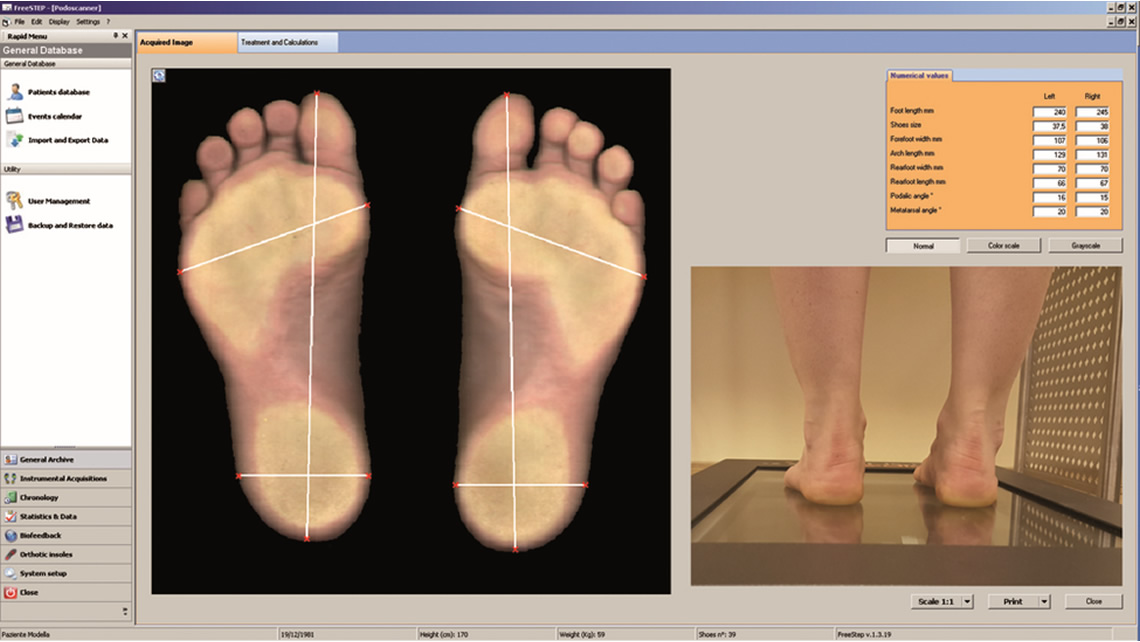What is osteoarthritis?
Osteoarthritis is a chronic disease very common in humans, but with an appropriate treatment can be controlled.
It is a rheumatic disease that affects the joints, causing the degradation of the cartilage.
The cartilage is an elastic fabric devoid of blood vessels, which is coating joints and serves to absorb shocks when walking and jumping, to prevent abrasion and, therefore, to allow joint movement. It is a supporting structure and gives some mobility to the joint.
Osteoarthritis is caused by degeneration and wear of the cartilage of the joint. The cartilage loses consistency and elasticity, and its surface is cracking and eroding progressively, exposing the ends of the bones and increasing friction between them. The bone is also affected by this degeneration so that it is altered in its bone density. These lesions condition the synovial membranes, which suffer an inflammation, which can cause an excess of fluid in the joint and, consequently, a joint effusion.
Where is osteoarthritis located?
Osteoarthritis can affect any joint. However, osteoarthritis tends to occur mainly in those joints subjected to greater movement overload or greater pressure.
The foot maintains body weight and has a range of movements, composed of 28 bones and 33 joints, which is why it is one of the members most affected by osteoarthritis.
How does osteoarthritis affect the foot?
Foot injuries, such as sprains or fractures, can cause osteoarthritis that develops even years after the injury has occurred. However, alterations due to osteoarthrosis in the foot can be caused by abnormal positions of bone structures or by inadequate biomechanics that increases pressure in certain joints of the tarsus.
How to diagnose osteoarthritis?
There is no single test for the diagnosis of osteoarthritis. In most cases, several methods are used, such as a physical or radiographic examination.
The X-ray allows confirming the diagnosis of osteoarthritis, as it can verify the state of the joints. In the case of podiatry, it is very useful to study the affected bones and to evaluate the possible presence of osteophytes, geodesics, a decrease of joint space, etc., and to be able to establish a correct treatment.
Early diagnosis and treatment are essential to mitigate the development of degeneration.
How are the symptoms of osteoarthritis in the foot?
The symptoms that may appear are:
- Pain
- Joint stiffness
- Inflammation of the affected joint
- Increased fluid in the joint
- Deformation of the bony structure
As a consequence of the structural alteration can be associated to:
- Callosities in the feet
- Thickening of nails with possible ingrown nails
- Alteration in the coloration of the skin
What is the treatment of osteoarthritis?

Early treatment is essential to mitigate the continued degeneration of the joint. In the field of podiatry, it is essential that the patient goes to a consultation to assess the condition of the foot joints.
First, a biomechanical study of the gait of the patient is performed, consisting of:
- To make a patient's medical history, with possible previous treatments, episodes of pain, the location of pain, duration of pain, etc.
- Study of complementary tests: X-rays.
- Spreading the pain points and assessing the ranges of joint movement in the lower limb.
- Exploration in static standing with pressure platform: assessing load distribution and areas with higher pressure.
- Exploration of dynamics with pressure platform: valuing biomechanics in the hip, knee, and foot.
With the data obtained in the exploration, a possible orthopedic treatment is evaluated aiming to improve the distribution of the load and to increase the base of support of the foot, to reduce the load on the affected joints. The scanning of the foot using 3D Scan Podoactiva will allow obtaining a three-dimensional mold of the patient, allowing us to make the pertinent correction with the highest reliability.
On the other hand, the patient may require a Chiropody treatment to control areas of hyperkeratosis (hardening and thickening of the layers of the skin) or possible nail problems that he may present.
The following is an actual case of a patient with chronic long-term osteoarthritis. We performed a biomechanical study of the footprint and implemented a treatment with personalized Podoactiva templates. With the template it is tried to stabilize the foot and increase the plantar damping level, a goal achieved, which has contributed to improving the quality of life of the patient.






